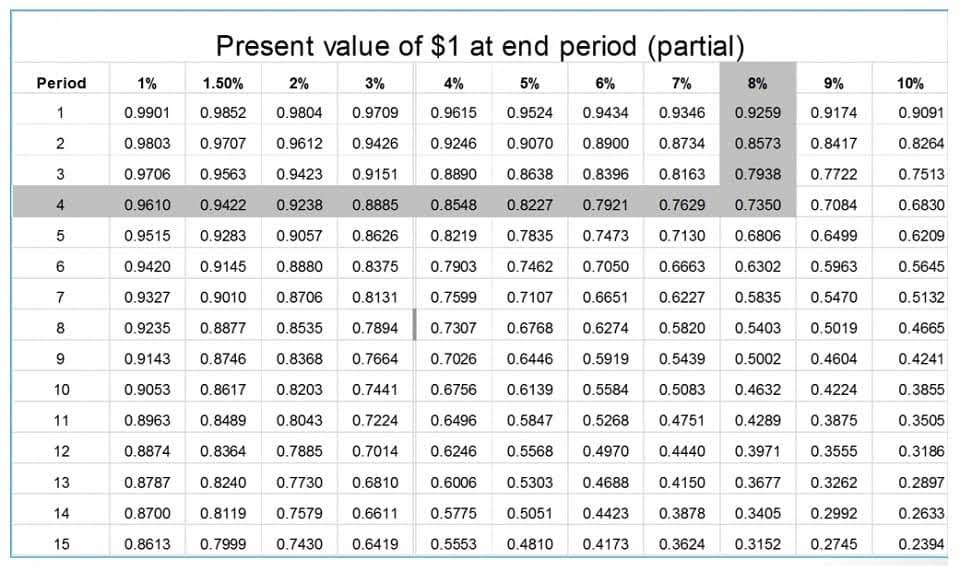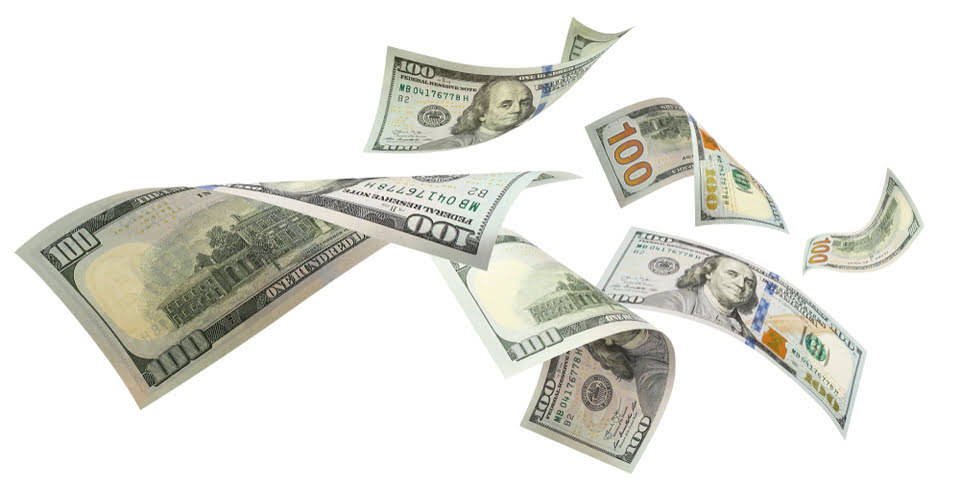
Because the interest is compounded quarterly, we convert the first deposit from 5 years to 20 quarterly periods, and the second deposit from 3 years to 12 quarterly periods. We convert the interest rate of 8% per year to the rate of 2% per quarter. A single deposit of $17,231.48 will grow to $30,000 if it remains invested at 8% per year compounded quarterly for 7 years. You need to invest $5,653.98 today in order to have it grow to $15,000 in 20 six-month periods with interest at 10% per year compounded semiannually. Since 2% is the interest rate per quarter, we multiply the quarterly rate of 2% x 4, the number of quarterly periods in a year. Hence the investment is earning an interest rate of 8% per year compounded quarterly.
Calculating the Length of Time (n)
Compute the future value of Sheila’s account at the end of 2 years. To be certain that you understand how the number of periods, n, and the interest rate, i, must be aligned with the compounding assumptions, we prepared the following chart. The present value of $10,000 will be earning compounded interest every three months. During the first quarter, the account will earn $200 ($10,000 x 2%; or $10,000 x 8% x 3/12 of a year) and will result in a balance of $10,200 on March 31.
Calculation #18
If we want to how is sales tax calculated vary the compounding frequency, we must modify both the rate, nper, and pmt arguments in the FV function. In order to have a future value of $10,000 in 12 years, Joan must deposit $4,970.18 today in her IRA. If you know any three of these four variables, you will be able to calculate the unknown amount. From the graph above, the higher the interest rate, the higher the future value. In addition, the longer the period is, the higher the future value.

Everyday Calculation
- You invest 5,000 today at an annual interest rate of 6% for 8 years.
- The longer the period and the higher the rate, the more powerful compounding becomes.
- We will, at the outset, show you several examples of how to use the present value formula in addition to using the PV tables.
- Because the interest is compounded quarterly (every 3 months), the annual interest rate is converted to 2% per quarter.
- A balance on the right side (credit side) of an account in the general ledger.
In the right column is the formula which uses a future value factor. Compounding plays an absolutely critical role in determining the future value of an investment. In our earlier examples we assumed compounding was on an annual basis. Different compounding periods, like quarterly or monthly, can significantly affect the investment’s future value.
Sometimes the present value, the future value, and the interest rate for discounting are known, but the length of time before the future value occurs is unknown. To illustrate, let’s assume that $1,000 will be invested today at an annual interest rate of 8% compounded annually. Because we know three components, we can solve for the unknown fourth component—the number of years it will take for $1,000 of present value to reach the future value of $5,000. Calculation Using a PV of 1 TableAs the timeline indicates, we know the future value is $1,000 and the present value is $790. Since the interest is compounded monthly, the number of time periods (n) is 24 (2 years x 12 months per year). If you don’t have access to an electronic financial calculator future value of single amount or software, an easy way to calculate present value amounts is to use present value tables (PV tables).
With more frequent compounding, your investment grows faster—even though the annual rate is the same. You invest 5,000 today at an annual interest rate of 6% for 8 years. Before you dive into annuities, IRRs, or discounted cash flow models, you must understand how to move a single lump sum backward or forward in time. Therefore, it’s important to seek professional financial advice when dealing with different financial scenarios, tax implications, and investment strategies. As mentioned earlier, continuous compounding is mostly theoretical and really only used in pricing models of options and other derivatives. For example, continuous compounding is used in the Black-Scholes option pricing model, which assumes a continuously compounding risk-free rate.
- Understanding future value is crucial for financial planning and investment decision-making.
- The formula above incorporates the principle of compounding by including the exponent n.
- For example, instead of paying $100 cash a person is allowed to pay $9 per month for 12 months.
- The 10% column of the future value table can be used to determine the future value of a single $1.00 invested today at 10% interest compounded annually.

Also see annuity due, annuity in advance, annuity in arrears, and ordinary annuity. At the outset, it’s important for you to understand that PV calculations involve cash amounts—not accrual amounts. (1 + i × n) and (1 + i)n are the future value factors in case of simple interest and compound interest respectively.
In present value calculations, future cash amounts are discounted back to the present time. (Discounting means removing the interest that is imbedded in the future cash amounts.) As a result, present value calculations are often referred to as a discounted cash flow technique. Our Explanation of Future Value of a Single Amount will show you the power of compounded interest on a single deposit. You will see how the future value tables can be useful as well as the rule of 72.


As a rule, the more frequently interest is https://cultureacantabria.com/2023/09/05/journal-entry-for-prepaid-expenses-with-examples/ compounded, the greater the future value will be. Because the rate is compounded monthly, we convert the one-year time period to 12 monthly time periods. Similarly, the rate is converted from 36% per year to 3% per month.
Tinggalkan Balasan